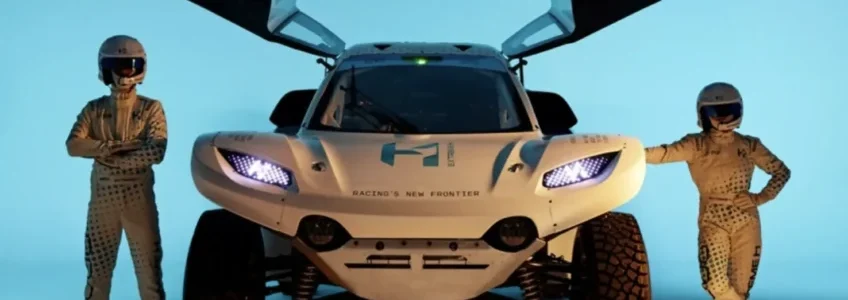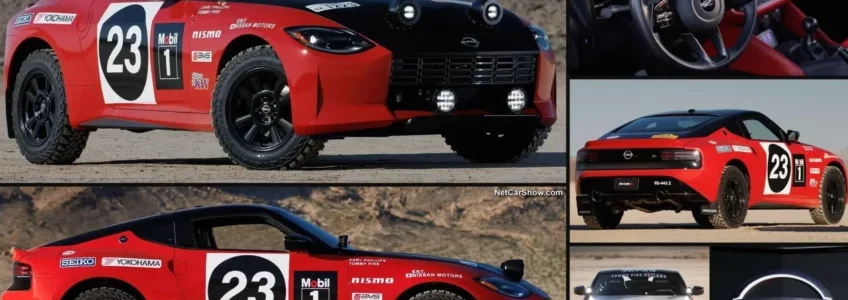The Imperative of Sustainability in Manufacturing
In the ever-evolving landscape of the automotive industry, the push towards sustainable automotive manufacturing has become more than a mere trend – it’s an imperative. As a leading UK engineering company providing precision engineering and custom fabrication across diverse sectors such as construction, rail, automotive, aerospace, defence, and oil and gas, we recognise the critical role of sustainability in manufacturing. The shift towards eco-friendly practices isn’t just beneficial for the environment; it’s a strategic move that aligns with the global call for responsible manufacturing.
Eco-Friendly Materials: The Building Blocks of Sustainable Automotive Manufacturing
The cornerstone of sustainable automotive manufacturing lies in the use of eco-friendly materials. Traditional materials, while effective, often carry a heavy environmental cost. Innovations in material science have paved the way for alternatives that offer the same, if not better, performance without the ecological downside.
Biodegradable plastics, recycled metals, and composites are becoming more prevalent, significantly reducing the carbon footprint of vehicles right from the production phase. Additionally, advancements in material technology have also led to the development of lightweight materials, which contribute to improved fuel efficiency and reduced emissions.
Aside from using eco-friendly materials, implementing renewable energy sources in sustainable automotive manufacturing facilities is another step towards sustainable practices. Solar panels, wind turbines, and hydroelectricity are examples of clean energy sources that can power the production process, reducing reliance on non-renewable resources. Not only does this reduce the carbon footprint of manufacturing facilities, but it also helps to mitigate the impact of rising energy costs.
Energy-Efficient Production Processes: The Heartbeat of Sustainability
Energy efficiency in manufacturing processes isn’t just about cutting costs; it’s about reducing our carbon footprint. Our commitment to sustainable automotive manufacturing is evident in our adoption of energy-efficient practices. These include utilising renewable energy sources, optimising production lines for minimal energy consumption, and implementing smart technologies that manage energy use more effectively. This shift not only aligns with sustainability in manufacturing but also sets a new standard for the industry.
What about the role of automation? Well, automation has been a game changer in automotive manufacturing, offering increased efficiency and precision while reducing labour costs. However, it also plays a crucial role in sustainable practices. The use of robots and other automated systems results in minimal waste production, as processes become more streamlined and precise. This not only reduces the environmental impact but also improves overall efficiency.
Collaboration: A Key Component for Sustainable Automotive Manufacturing
Achieving sustainability in automotive manufacturing requires collaboration between manufacturers, suppliers, and governing bodies. Collaborative efforts in research and development, sharing of best practices, and implementing standards for sustainable manufacturing are vital to drive the industry towards a greener future. This also involves engaging with consumers and educating them on the importance of sustainable practices in the automotive sector.
The Circular Economy: A Sustainable Vision for the Automotive Sector

The concept of a circular economy is integral to sustainable automotive manufacturing. Moving away from the traditional linear model of ‘take-make-dispose’, the circular economy emphasises the importance of recycling and reusing materials. This approach not only minimises waste but also conserves resources, creating a more sustainable lifecycle for automotive products. By integrating circular economy principles, we’re not just manufacturing products; we’re creating a sustainable legacy.
The Road Ahead: Challenges and Opportunities
While the journey towards fully sustainable automotive manufacturing is complex, it’s a path filled with opportunities. Challenges such as cost, technological advancements, and consumer acceptance are being met with innovative solutions and a steadfast commitment to sustainability. In conclusion, sustainable automotive manufacturing is not just a buzzword; it’s a crucial paradigm shift in the automotive industry.
As a pioneering engineering company working within various sectors, including automotive, we love sharing interesting engineering news, technology updates and much more. You can find all of our articles on our engineering blog and more information about our wide range of services on the PRV Engineering website.












Recent Comments